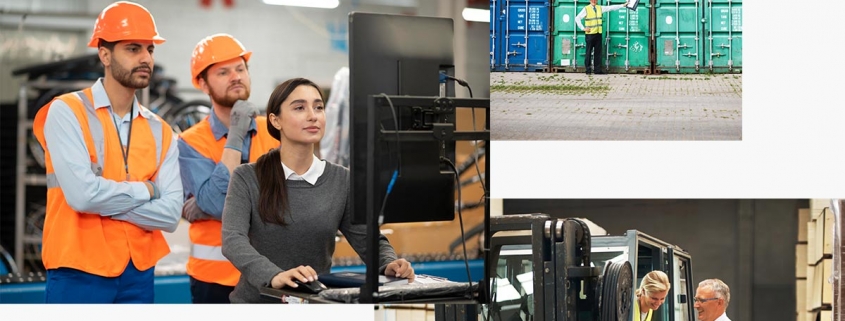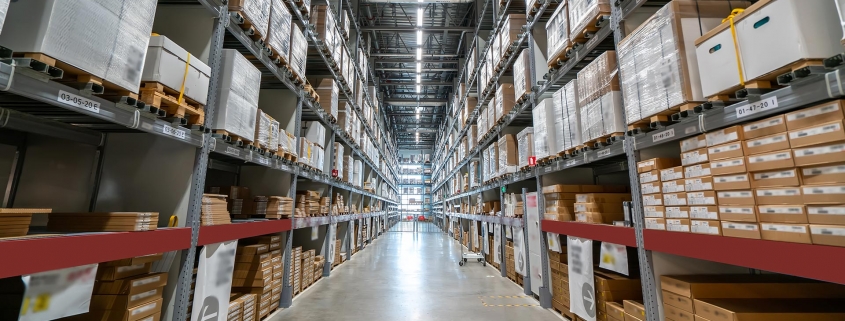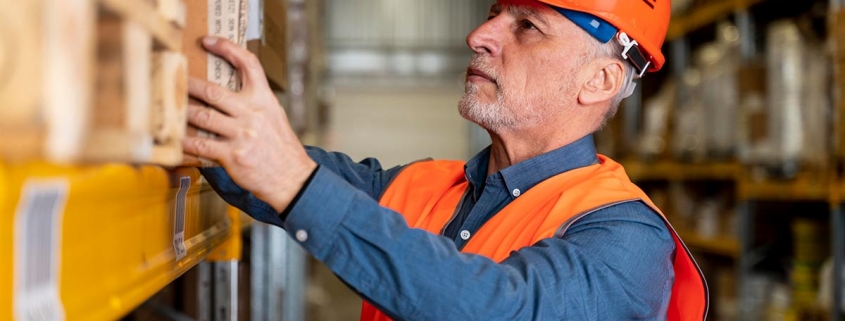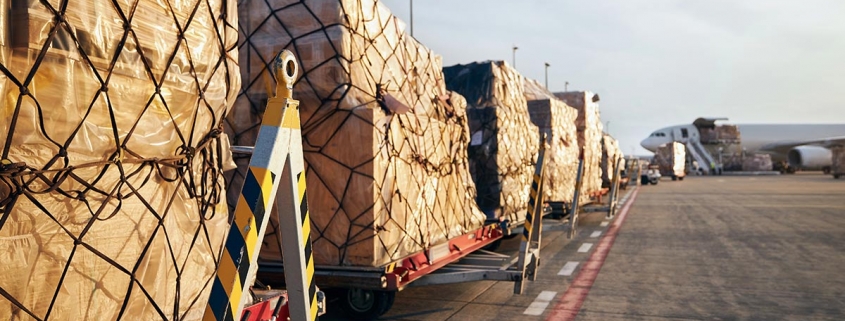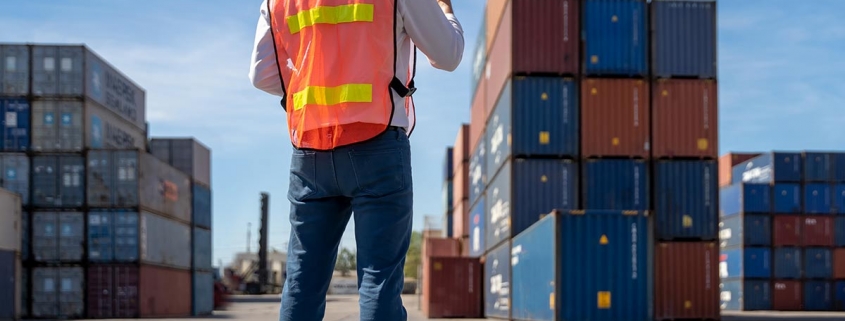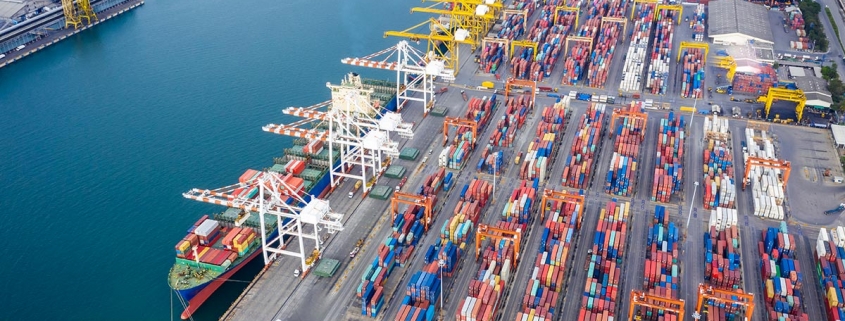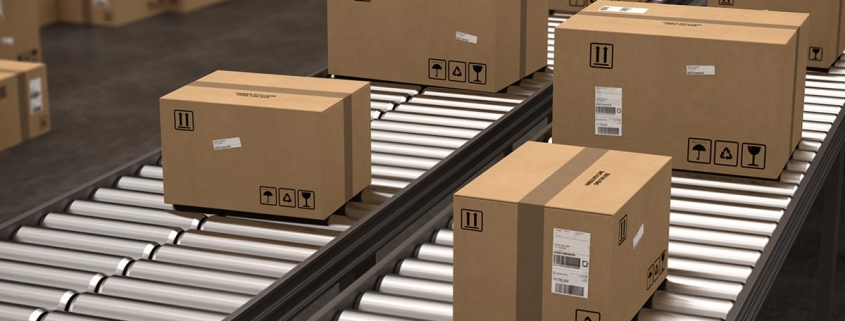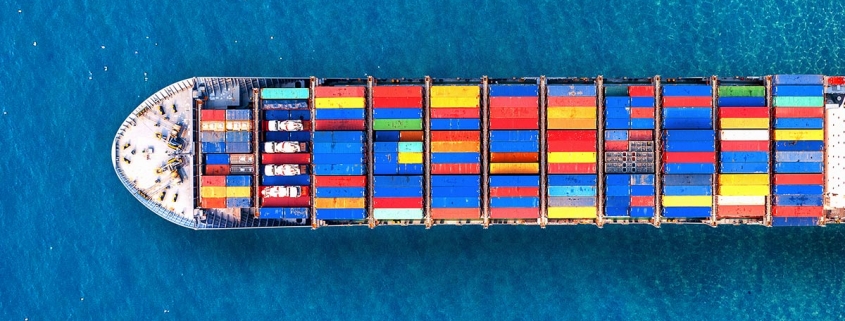【International Logistics: Exploring the Impact of Logistics Sustainability on Corporate Social Responsibility】
Hey everyone! Today, we’re exploring a hot topic—the impact of logistics sustainability on corporate social responsibility. As global attention towards sustainable development increases, the logistics industry is actively promoting sustainable practices and innovations.
Firstly, logistics sustainability has a significant impact on corporate social responsibility. Logistics activities involve energy consumption, emissions, waste generation, and traffic congestion, among other environmental and social impacts. By optimizing transportation routes, improving energy efficiency, adopting clean energy sources, and reducing packaging materials, companies can reduce their negative environmental impact and promote efficient resource utilization.
Secondly, logistics sustainability is also linked to social responsibility within the supply chain. Companies need to address issues related to labor rights, human rights protection, anti-corruption, and anti-bribery within their supply chains. By ensuring supply chain compliance, enhancing supplier management, promoting sustainable procurement, and fair trade practices, companies can contribute to a fair and responsible supply chain.
Furthermore, logistics sustainability has a significant impact on corporate image and reputation. Consumers are increasingly concerned about a company’s environmental and social performance and tend to support brands with sustainable values. By actively fulfilling social responsibilities, promoting sustainable development, and transparency, companies can build a positive corporate image, enhance consumer trust, and foster loyalty.
In summary, logistics sustainability has far-reaching implications for corporate social responsibility. By reducing environmental impact, addressing supply chain responsibilities, and building a positive corporate image, companies can take important steps towards sustainable development. What are your thoughts on the impact of logistics sustainability on corporate social responsibility? Feel free to share your ideas in the comments section! #InternationalLogistics #Sustainability #CorporateSocialResponsibility

